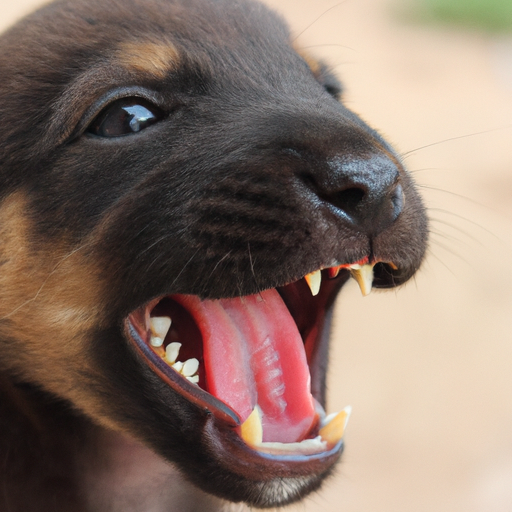Introduction
When you bring a new puppy into your home, you’re probably focused on the cuteness overload. But there’s a lot more going on in your puppy’s mouth than you might realize. Understanding what happens when puppy teeth fall out can help you provide the best care for your furry friend.
Understanding Puppy Teeth
Just like human babies, puppies are born without teeth. Their baby teeth, also known as deciduous teeth, start to come in when they are about 3 to 4 weeks old. By 6 to 8 weeks, most puppies will have a full set of 28 baby teeth.
- Incisors: These are the small teeth at the front of the mouth, used for nibbling.
- Canine teeth: These are the long, pointed teeth on either side of the incisors, used for tearing.
- Premolars: Located behind the canine teeth, these are used for chewing.
The Process of Puppy Teething
Between 3 to 7 months of age, your puppy will go through the teething process. This is when their baby teeth start to fall out to make room for the permanent, adult teeth.
- The incisors are usually the first to fall out, around 3 to 4 months of age.
- The canine teeth are next, falling out around 5 months of age.
- Finally, the premolars fall out around 6 months of age.
During teething, you might notice your puppy chewing more than usual. This is because the process can cause discomfort and pain, and chewing can help relieve this.
What Do Puppy Teeth Look Like When They Fall Out?
Puppy teeth are tiny and sharp. When they fall out, they often look like small, broken pieces of white or off-white. You might find them around the house, or you may not find them at all. Some puppies swallow their baby teeth while eating or chewing, which is generally not a cause for concern.
| Type of Tooth | Appearance When Falling Out |
|---|---|
| Incisor | Small, sharp, and white. |
| Canine | Longer, pointed, and white. |
| Premolar | Flat, with jagged edges. |
How to Care for Your Teething Puppy
Help your puppy through the teething process with the following tips:
- Provide chew toys: This helps soothe their gums and keeps them from chewing on furniture or other items.
- Keep an eye on their eating: Some puppies might eat less during teething due to mouth discomfort.
- Check their mouth regularly: This helps you ensure that the teething process is going smoothly and there are no retained baby teeth.
When to See a Vet
If you notice any of the following, it might be time to consult with a vet:
- Your puppy is in extreme discomfort or pain.
- There are retained baby teeth after the adult teeth have come in.
- There are broken or damaged adult teeth.
Conclusion
Teething is a normal part of puppyhood. By understanding what to expect and how to care for your teething puppy, you can ensure they transition smoothly into adulthood.
Frequently Asked Questions
1. What can I give my puppy for teething pain?
You can provide chew toys, frozen carrots, or a cold washcloth to help soothe your puppy’s gums.
2. Is it normal for puppies to bleed when they lose their teeth?
A small amount of blood is normal when puppies lose their teeth. If there’s excessive bleeding, consult with a vet.
3. What happens if a puppy swallows a baby tooth?
Most of the time, if a puppy swallows a baby tooth, it will pass through the digestive system without any issues. If you notice any changes in your puppy’s behavior or eating habits, consult with a vet.
4. How long does puppy teething last?
Puppy teething typically lasts from 3 to 7 months of age. The process may vary slightly for different breeds and individual dogs.



